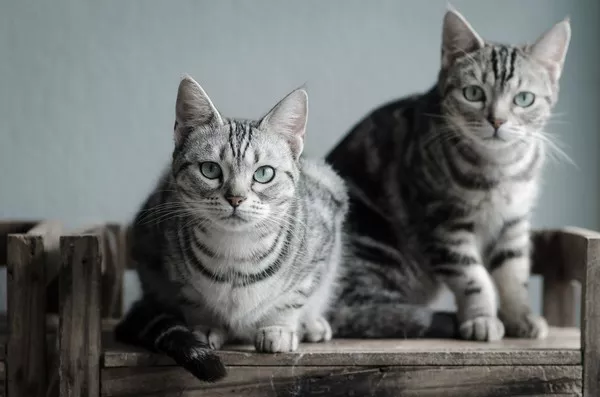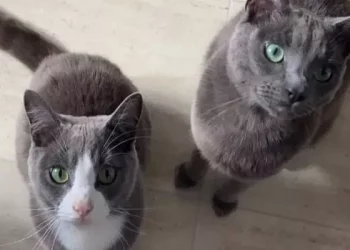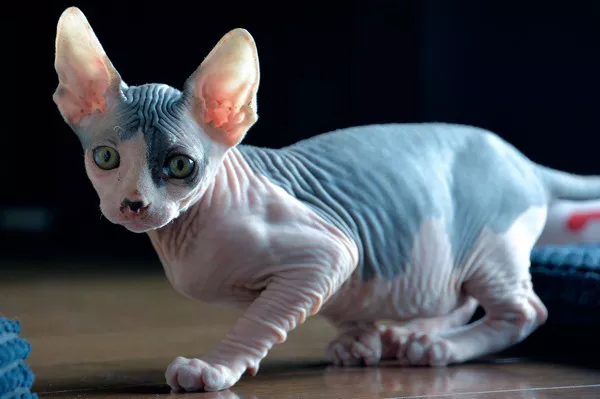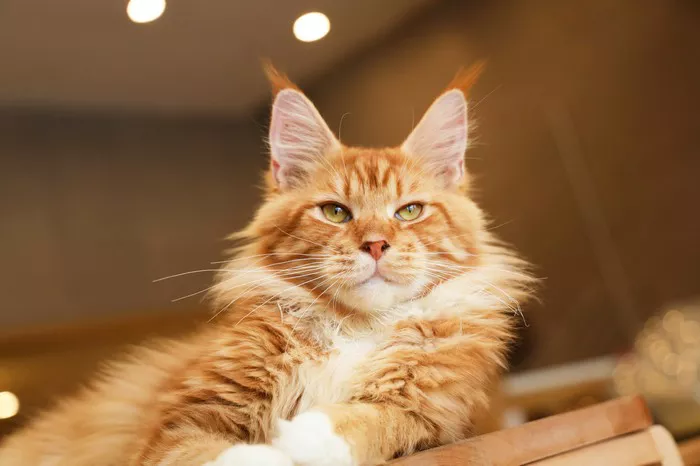Cats, with their independent and enigmatic nature, often leave their human companions wondering about the intricacies of feline affection. Among the diverse cat breeds, the American Shorthair stands out for its amiable and adaptable temperament. One common query among cat enthusiasts is, “Do American Shorthair cats like to be held?” In this comprehensive exploration, we delve into the nuances of feline behavior, the unique characteristics of American Shorthairs, and the factors that influence their preferences when it comes to being held.
Decoding Feline Behavior:
Understanding a cat’s behavior is akin to unraveling a complex tapestry woven with threads of instinct, temperament, and past experiences. While cats share certain universal behaviors, such as grooming, hunting, and territorial marking, individual preferences and comfort levels can vary widely.
The Nature of American Shorthair Cats:
American Shorthair cats are renowned for their friendly and adaptable nature. Bred for their utility in controlling pests on early American ships and farms, these cats have evolved into beloved household companions. Their well-rounded personalities make them suitable for various living situations, from bustling families to quieter households.
Factors Influencing Feline Affection:
Several factors influence a cat’s inclination toward physical affection and being held. These factors include:
Early Socialization: Cats that are exposed to positive human interactions during their early weeks are more likely to develop a fondness for being held.
Individual Personality: Just like humans, cats have unique personalities. Some cats are naturally more outgoing and affectionate, while others may be more reserved.
Past Experiences: Cats with positive experiences associated with being held are likely to view it as a pleasant activity. Conversely, cats with negative experiences may be more hesitant.
Health and Comfort: Cats may be less inclined to be held if they are unwell, in pain, or if the environment is stressful. It’s crucial to consider their overall well-being.
American Shorthair Temperament:
American Shorthairs are often described as having a friendly and easygoing temperament. They are known for being adaptable to different environments and getting along well with children and other pets. While individual personalities can vary, American Shorthairs typically enjoy interactive play, cozying up on the couch, and being part of family activities.
Affectionate Gestures of American Shorthairs:
Purring: American Shorthairs are known to be prolific purrers, a behavior associated with contentment and relaxation.
Head-Butting: A gentle head-butt is a common display of affection in cats, signaling trust and familiarity.
Cuddling: Many American Shorthairs enjoy snuggling up with their human companions, displaying a preference for physical closeness.
Playfulness: Engaging in interactive play, such as chasing toys or batting at dangling objects, is a sign of a cat’s comfort and trust.
Do American Shorthair Cats Like to Be Held?
The answer to whether an American Shorthair likes to be held is often a nuanced one, influenced by individual differences and past experiences. While some American Shorthairs readily embrace being held, others may be more selective or prefer alternative forms of affection. Here are considerations to keep in mind:
1. Early Socialization: American Shorthair kittens that are handled gently and positively during their early weeks are more likely to develop a positive association with being held. Regular, positive interactions contribute to the development of a trusting bond.
2. Respect for Individual Preferences: Cats, including American Shorthairs, are individuals with unique preferences. It’s essential to respect a cat’s boundaries and not force physical contact. Pay attention to cues such as purring, relaxed body language, and a willingness to be approached.
3. Gradual Introduction: If a cat is not accustomed to being held, a gradual introduction is key. Start with short periods of gentle holding, allowing the cat to acclimate and associate the experience with positive interactions.
4. Positive Reinforcement: Use positive reinforcement techniques, such as offering treats or verbal praise, to create positive associations with being held. This encourages the cat to view the experience as enjoyable.
5. Creating a Comfortable Environment: Ensure that the environment is conducive to relaxation. Cats may be more receptive to being held in a quiet, familiar space where they feel secure.
Signs of Feline Comfort:
Understanding a cat’s body language is crucial in gauging their comfort level with being held. Here are signs that indicate a cat is comfortable and may enjoy being held:
Relaxed Body Posture: A cat that is comfortable being held will have a relaxed body posture, with no signs of stiffness or tension.
Purring: Purring is often a positive sign, indicating contentment and relaxation.
Kneading: Gentle kneading with the paws is a behavior associated with comfort and security.
Slow Blinking: Cats often communicate trust and affection through slow blinking. If a cat slow-blinks while being held, it’s a positive signal.
Addressing Individual Preferences:
It’s important to recognize that individual preferences vary among American Shorthairs and cats in general. Some may revel in being held for extended periods, enjoying the warmth and closeness, while others may prefer shorter interactions or alternative forms of affection.
Alternative Forms of Affection for Cats:
Interactive Play: Engaging in play with interactive toys allows cats to expend energy and bond with their owners without the need for physical restraint.
Cozy Spaces: Providing cozy spots, such as cat beds or warm blankets, allows cats to choose when and where they want to snuggle.
Grooming Sessions: Many cats enjoy gentle grooming sessions with a soft brush, fostering a sense of connection without the need for being held.
Respectful Presence: Cats often appreciate the presence of their owners nearby. Sitting or lying down in proximity allows them to initiate contact on their terms.
Building Trust Over Time:
Building trust with an American Shorthair, or any cat, is a gradual process that requires patience and understanding. By respecting individual preferences, offering positive reinforcement, and creating a comfortable environment, owners can strengthen their bond with their feline companions.
Tips for Building Trust:
Consistent Positive Interactions: Regular positive interactions, such as playtime and gentle petting, contribute to a sense of security and trust.
Understanding Non-Verbal Cues: Pay attention to a cat’s non-verbal cues, such as ear position, tail movement, and overall body language, to gauge their comfort level.
Safe Spaces: Ensure that cats have access to safe and quiet spaces where they can retreat if they feel the need for solitude.
Routine and Predictability: Cats often thrive on routine and predictability. Establishing a consistent routine can create a sense of security.
Conclusion
In the delightful realm of American Shorthair cats, the question of whether they like to be held unveils the diverse and individual nature of feline companionship. While some American Shorthairs may relish the warmth of being cradled in their owner’s arms, others may prefer alternative forms of affection. The key lies in recognizing and respecting each cat’s unique preferences, fostering a bond built on trust, comfort, and mutual understanding.
As cat enthusiasts embark on the rewarding journey of companionship with American Shorthairs, they enter a world where every purr, blink, and playful interaction contributes to the tapestry of feline joy. Whether held in loving arms or engaged in interactive play, American Shorthair cats continue to enchant and captivate, embodying the cherished nuances of their species.


























